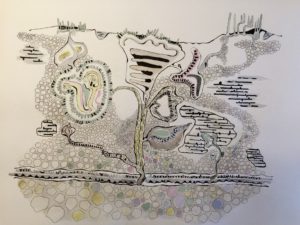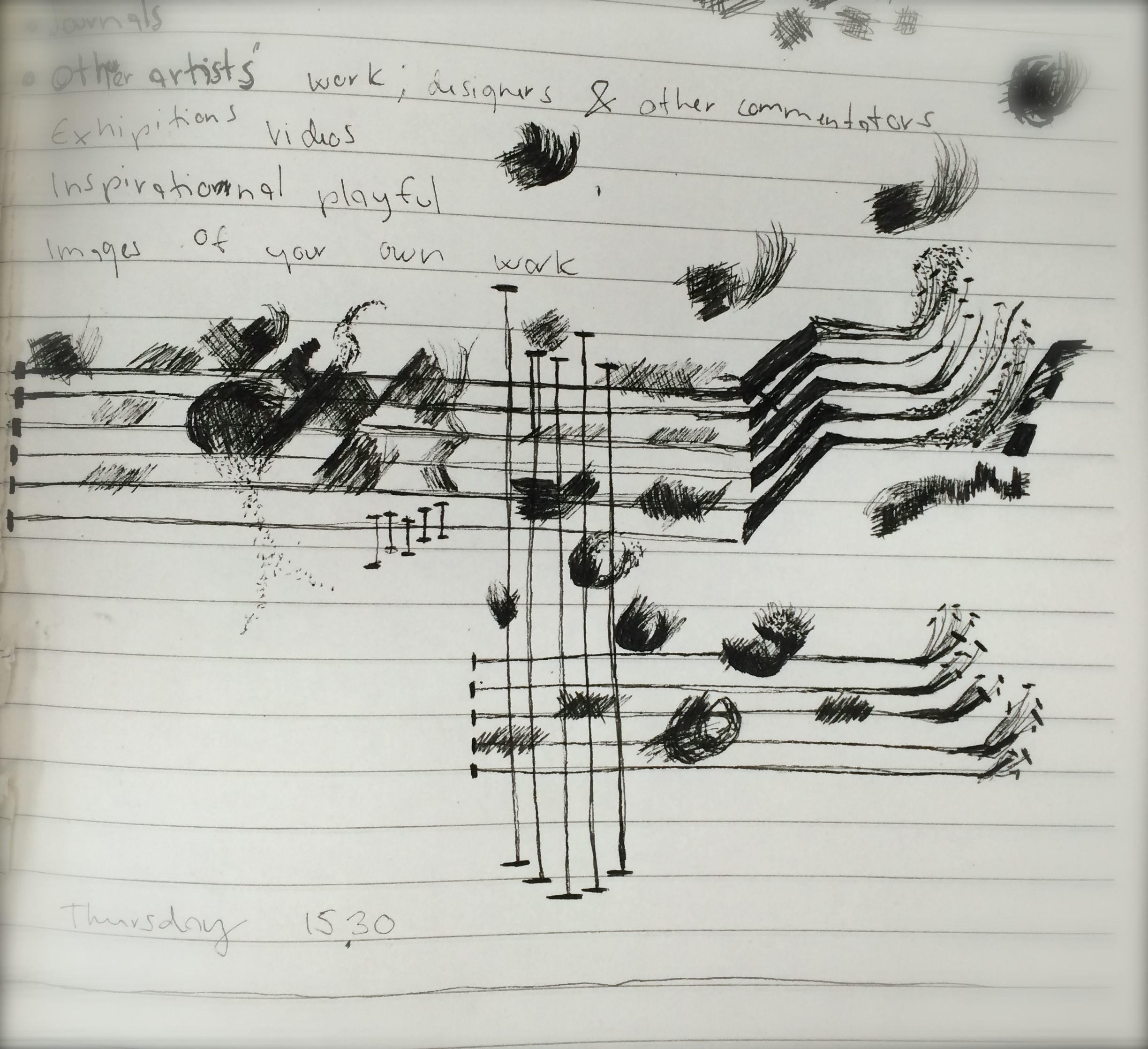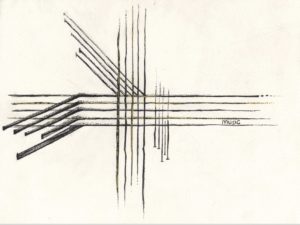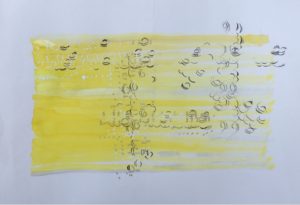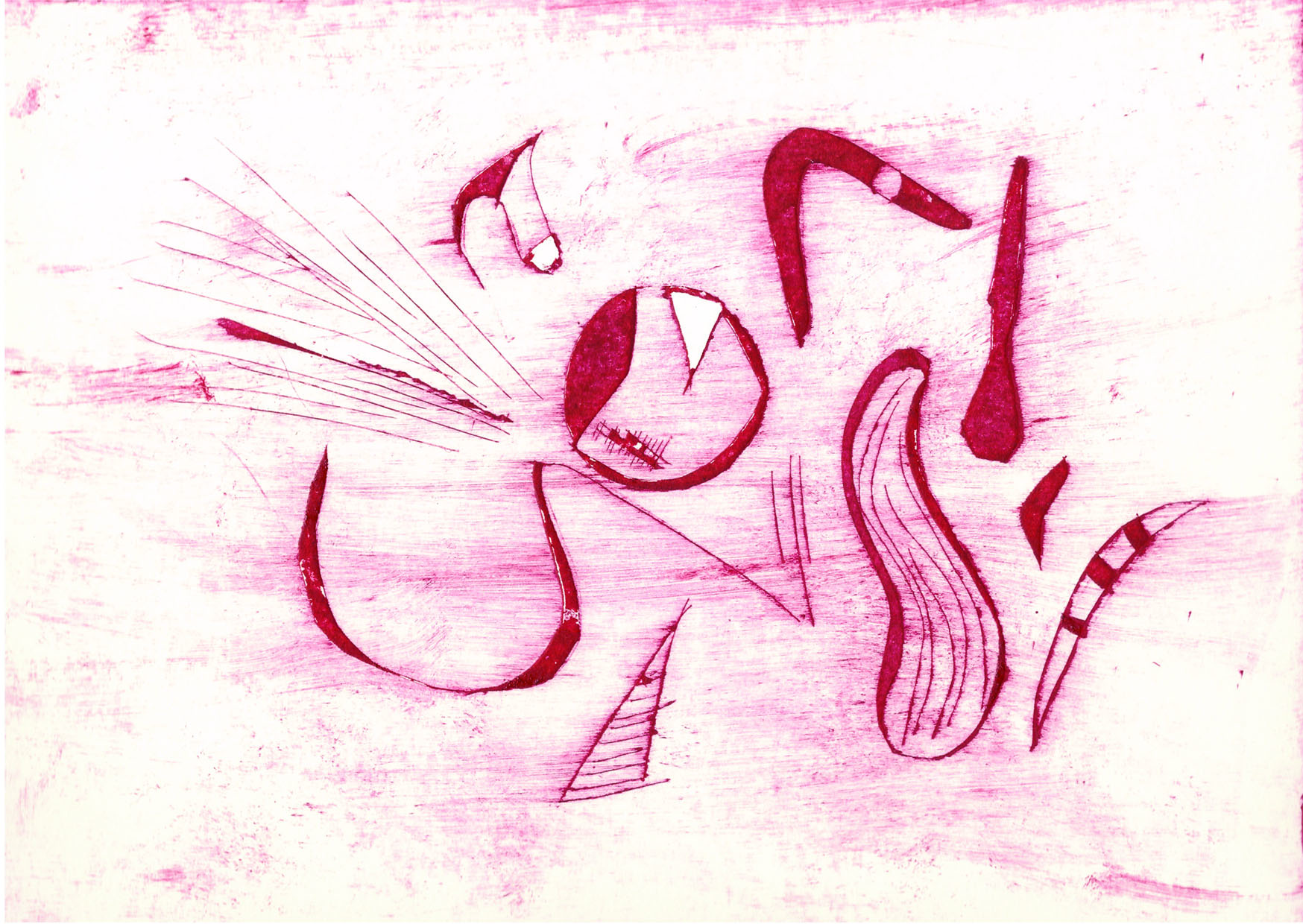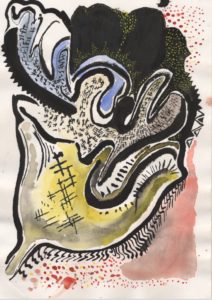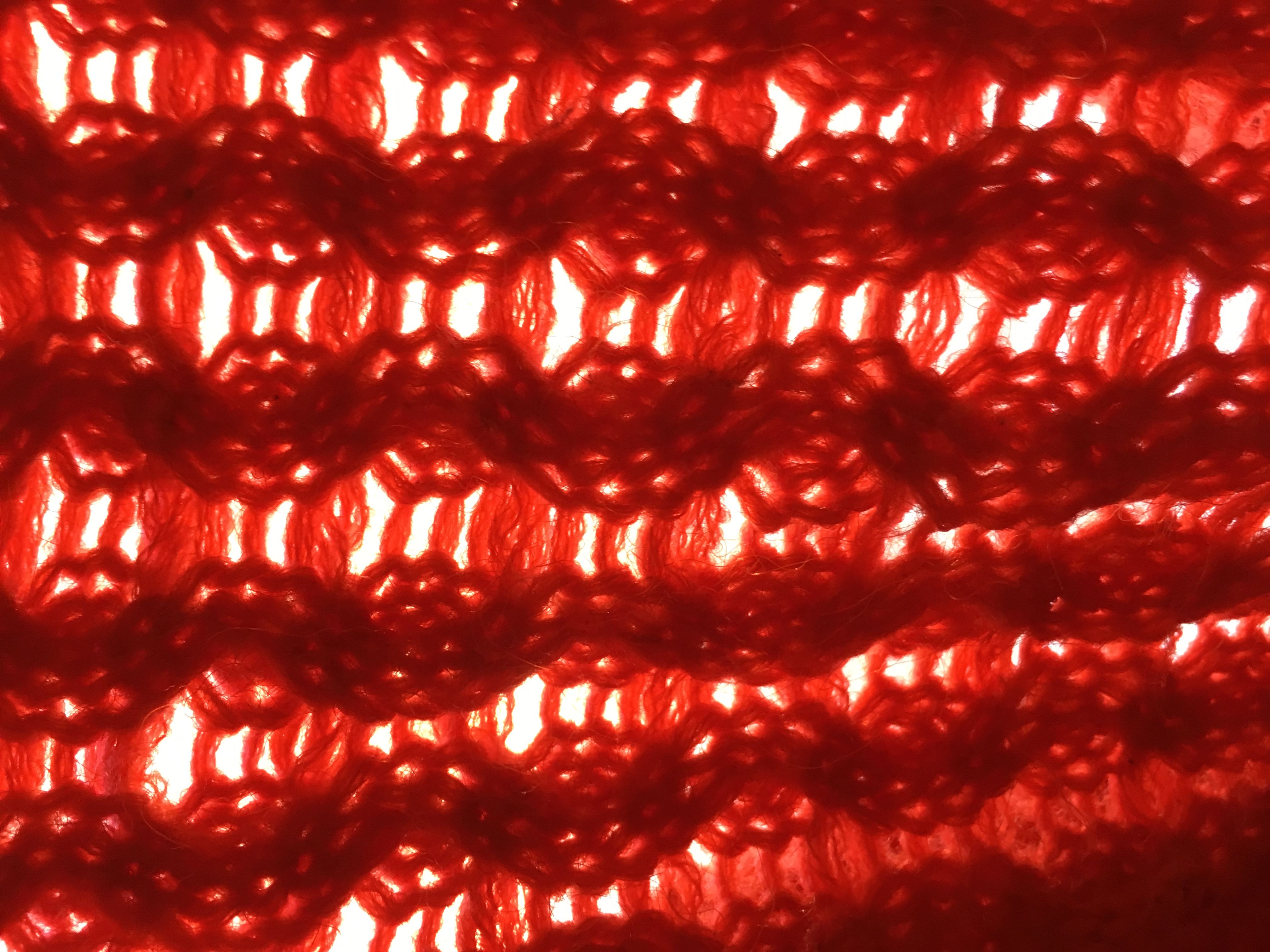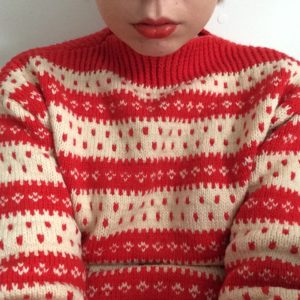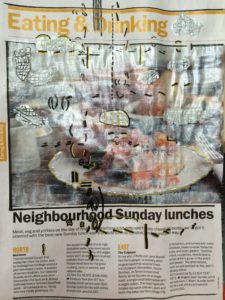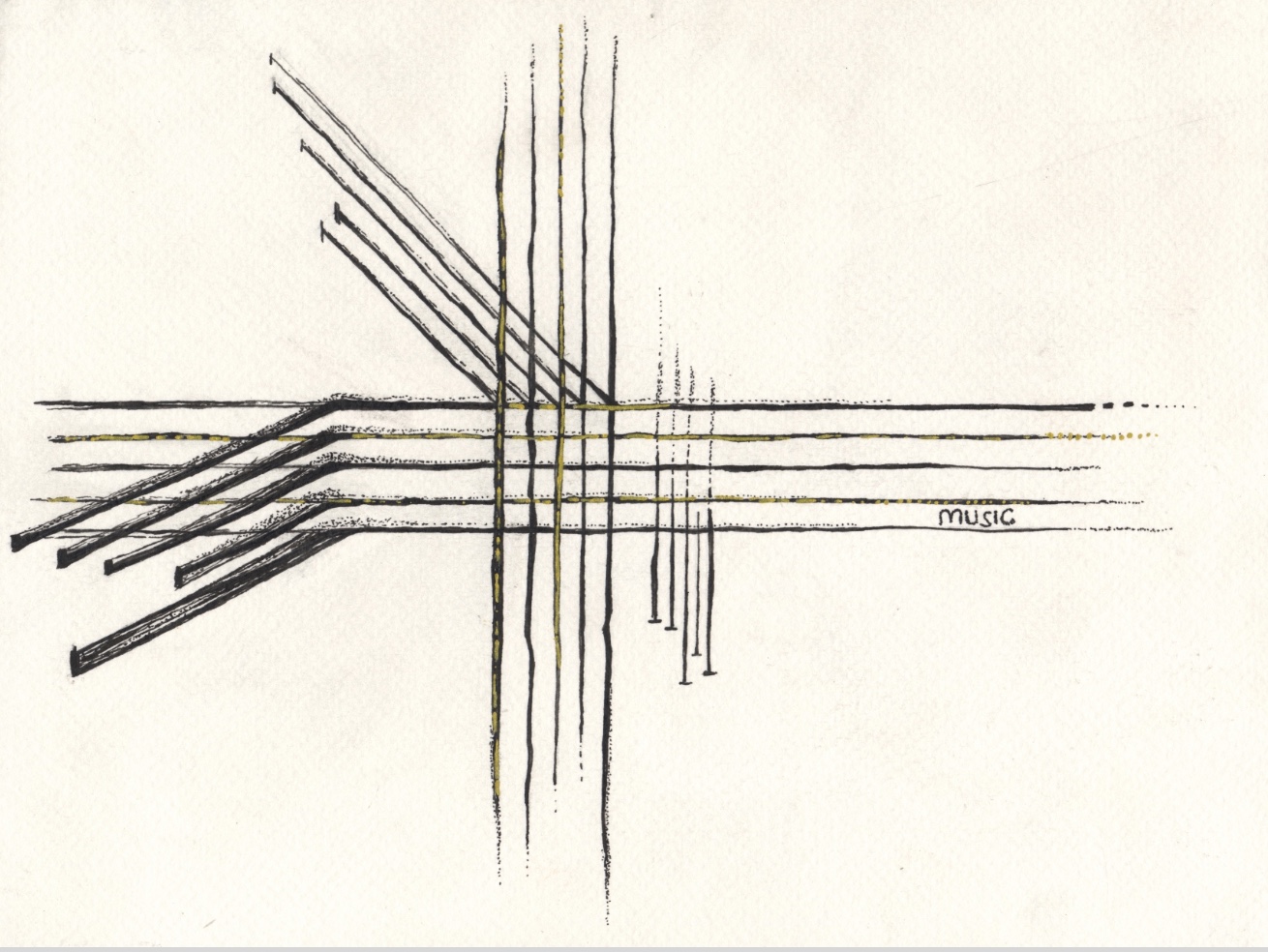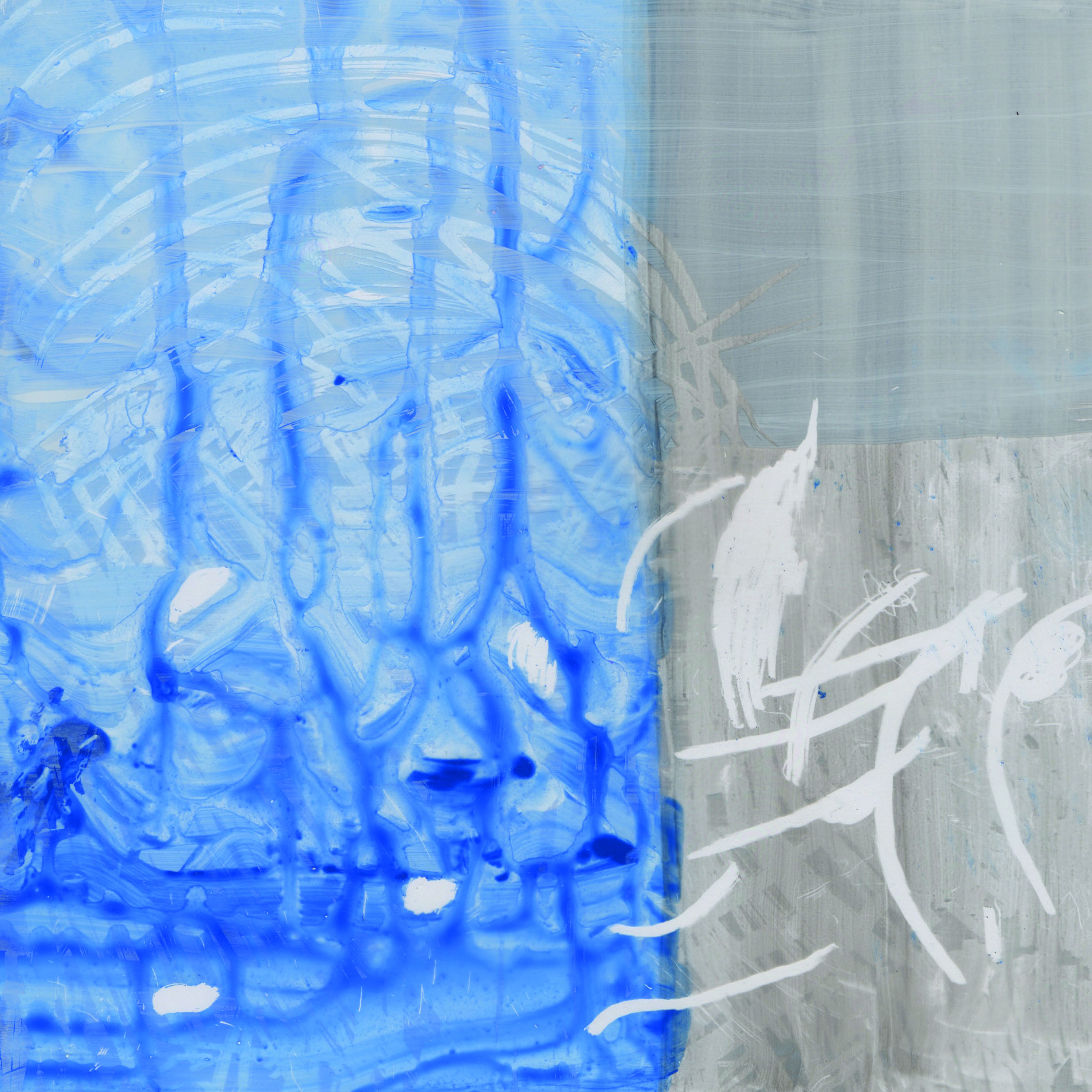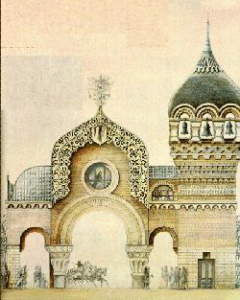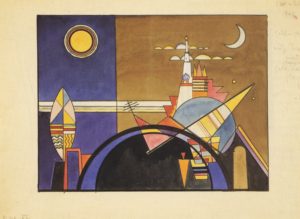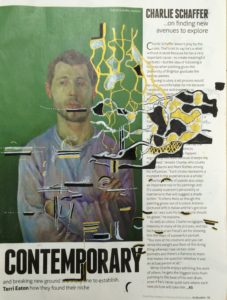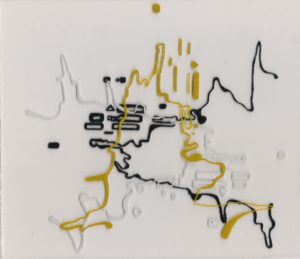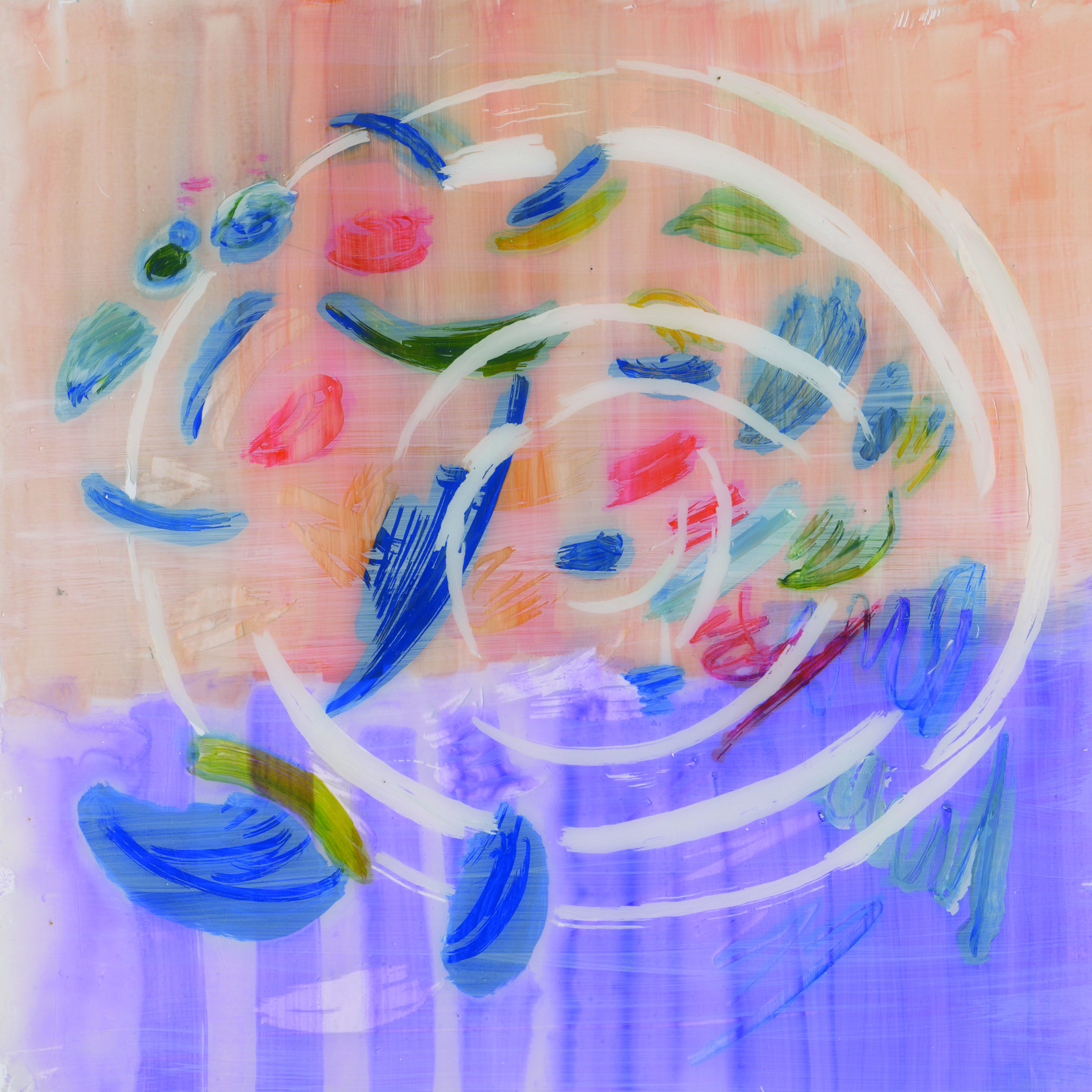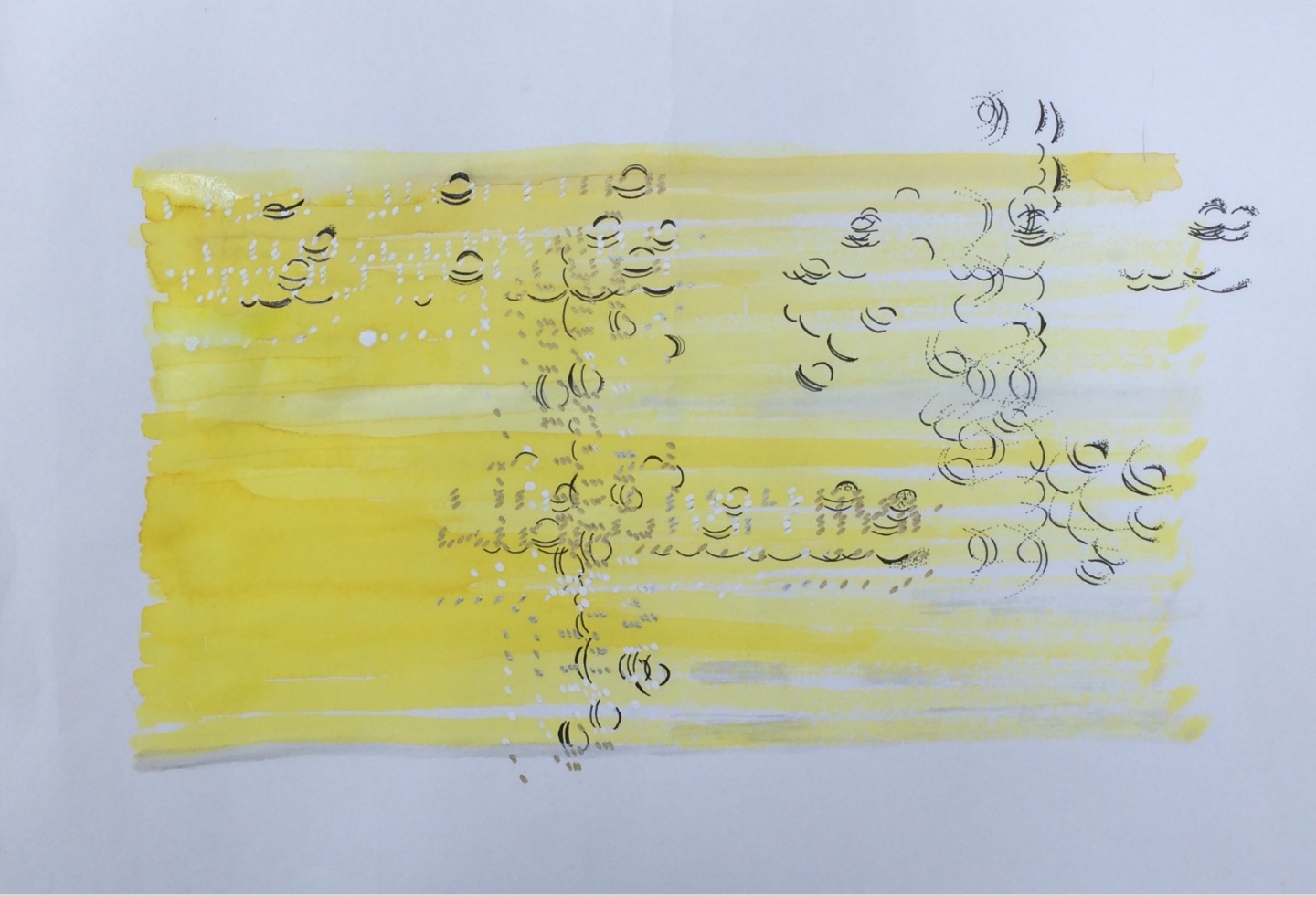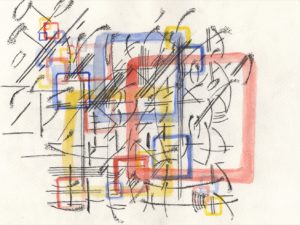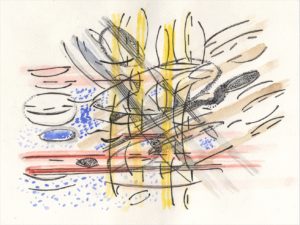Lately I have been reading sources about visual culture, fashion and communication. I find it very interesting, as clothing is part of our everyday life. It’s connected to everyone, and it pretty much tells something about us; maybe something about our lifestyles, values, cultures, or interests. In up coming paragraphs I would like to share my own experience on how a garment evokes meanings and stories, or finally do they?
This picture of me is taken two months ago. I was just about to start my MA studies at the University of Hertfordshire. Everything was new to me, and I was exited but at the same time little bit confused about everything –No wonder why, it takes some time to adapt to a new environment; moving abroad and starting studies in the new university takes a lot of energy. That is, I needed to make feel myself as comfortable as I could.
However, I have this white and red coloured jumper, which I tended to wear these days quite often. There are several reasons why I chose to pack it within my luggage, for instance, as autumn- and wintertime can be quite chilly and dark, so I wanted to take something warm and colourful with me. I also like patterning and shapes very much. Nevertheless, I think the most important reason is that the jumper was my mothers, and was knitted by my grandma in the early 60’s.
I think this jumper is more than a jumper to me. It carries meanings, that is, it connects me to my roots and practise. I’ve been described how my grandma used to spin wool thread and send them out to be dyed. Then she knitted them by copying models from magazines. Usually every family member got something warm and colourful for Christmas. This tradition has continued in my family as my mom does a lot of knitting today too. I feel that I get much energy when thinking about all this.
Back to the jumper. Two months back I felt that this pullover reminded me who I am, and it gave me confidence. But why was it like that? Do clothes tell stories or share meanings, or am I creating them all by myself? Regarding Finkelstein (2007), people are producing their reality through their identity, which is shaped by social forces in our culture. He explains that visual culture is full of cultural codes, which can be considered intangible, and are perceived through goods. Likewise Malcolm Bernard (2010) presents an idea of cultured bodies, where the body is a base of cultural phenomenon, yet different cultural bodies share the meanings through fashion. He further illustrates his approach of the meaning of clothing and culture as follows: When a garment is linked to culture it will construct meanings, and these meanings are shared and understood by the members of the same cultural or social groups. He also stresses that a garment itself can’t create meanings, it has to be connected with culture.
Refer to Finkelstein and Barnard’s ideas; the jumper itself doesn’t create meanings. The jumper represents something from the past. If I’m thinking back to the time when my mother got the jumper I’m sure she might think differently about it than I do now. Obviously I can’t tell how she felt when she wore it. Perhaps the jumper connects me to my family, culture and handcraft tradition, or maybe I perceive some values or ideals through it. Maybe the jumper is one way to strengthen my identity. I think is important to point out that at the same time when I have decided to include this pullover as part of my visual appearance, I have also excluded something else.
Apparently I could analyse this for many pages, as there are so many layers that can be contemplated. However, I’m considering this post to be a start of my research of visuality, and later its connection to my practice as an illustrator.
Bibliography:
Finkelstein, J. (2007) The Art of Self Invention. IB Tauris & Co Ltd
Barnard, M. (2010) Fashion statements: Communication and Culture. In Barnard Scap, R. & Seitz, B. (2010) (ed.) Fashion Statement on Style, Appearance, and Reality. Palgrave Macmillan.
